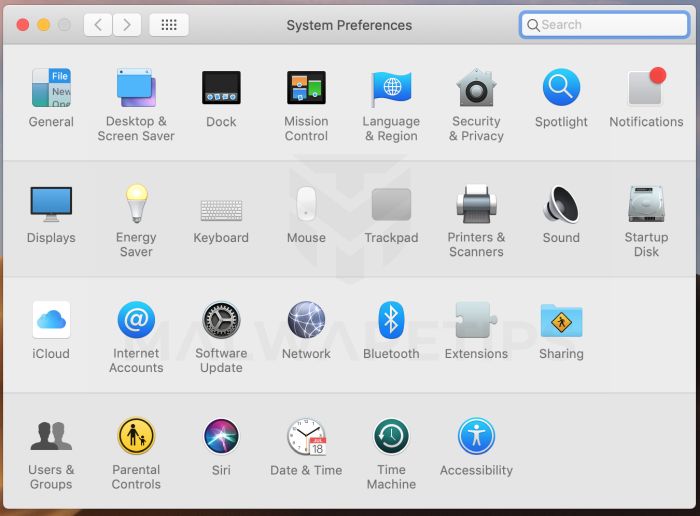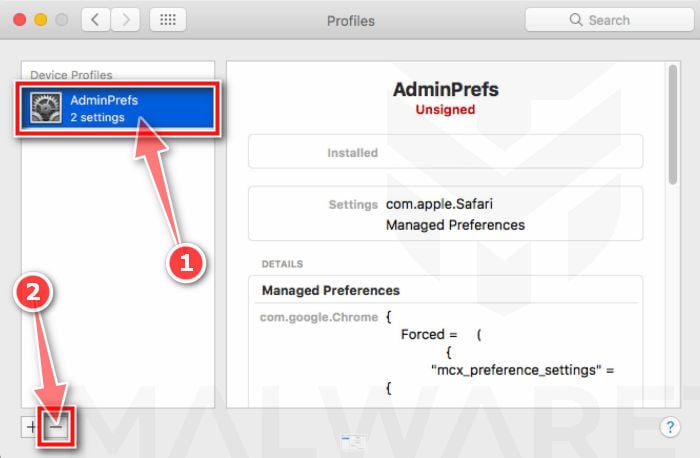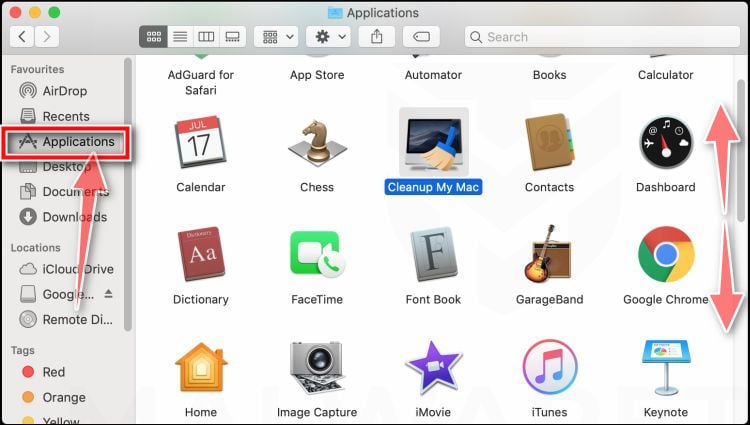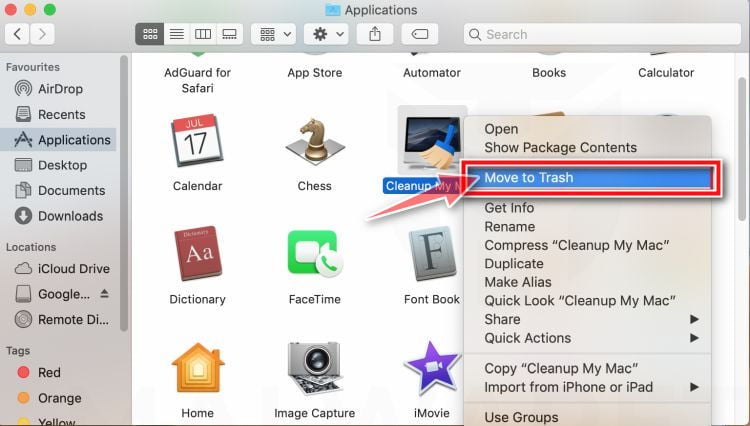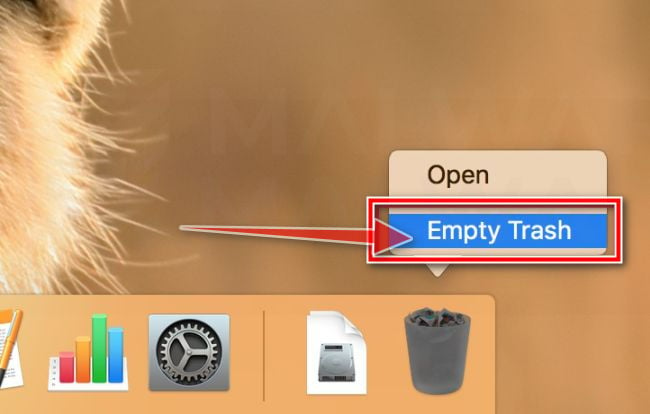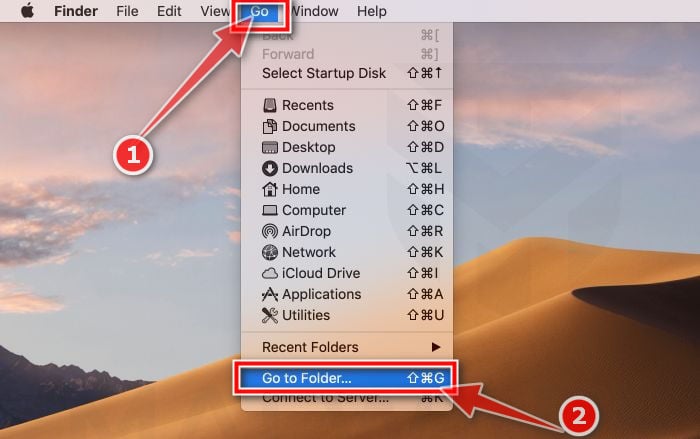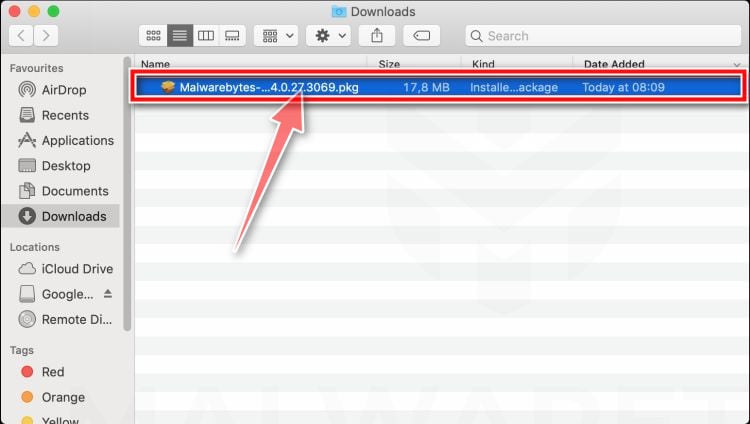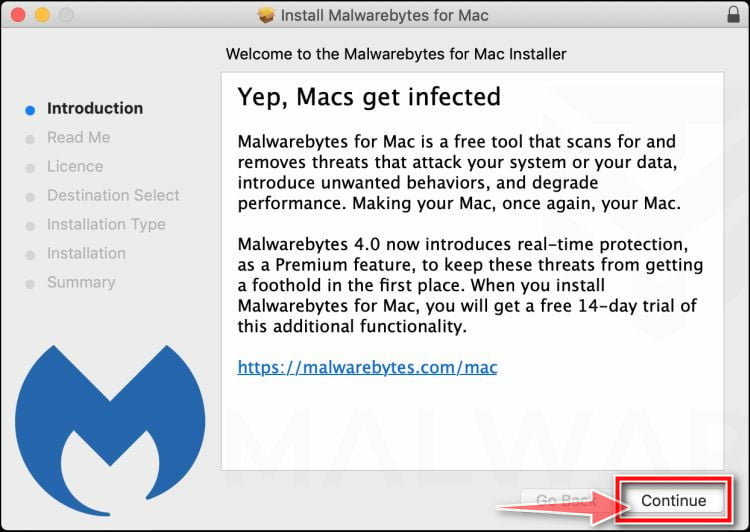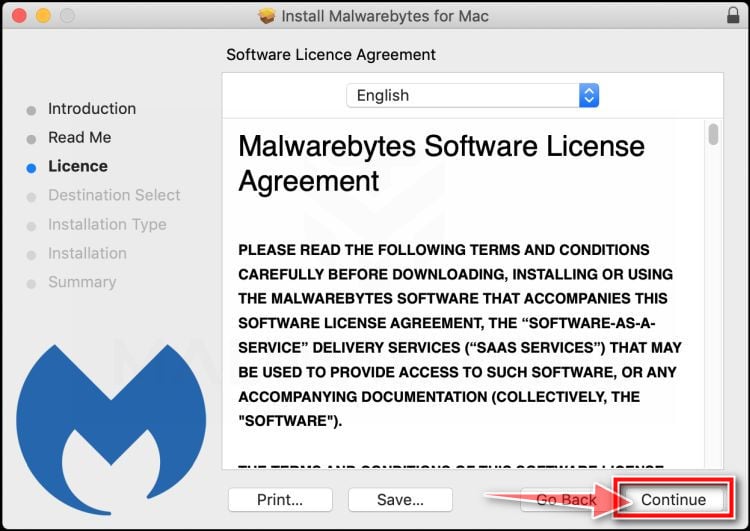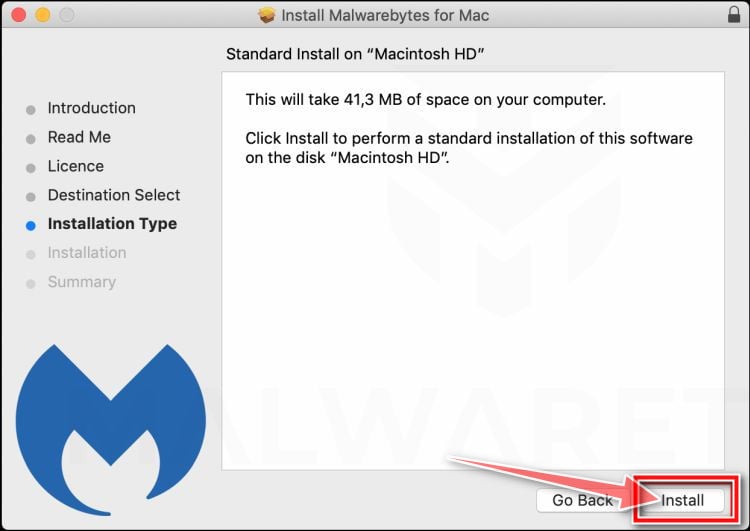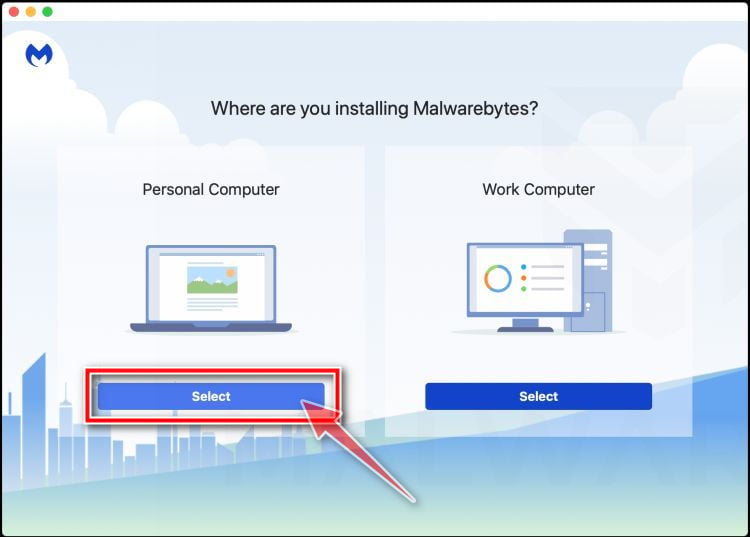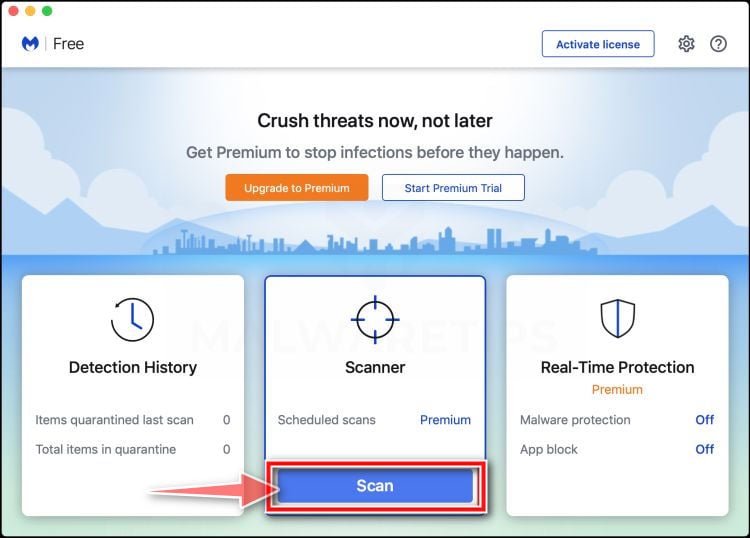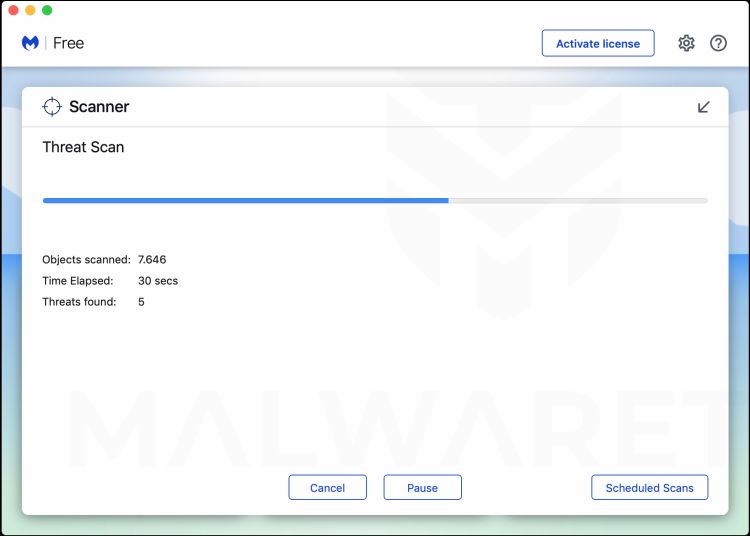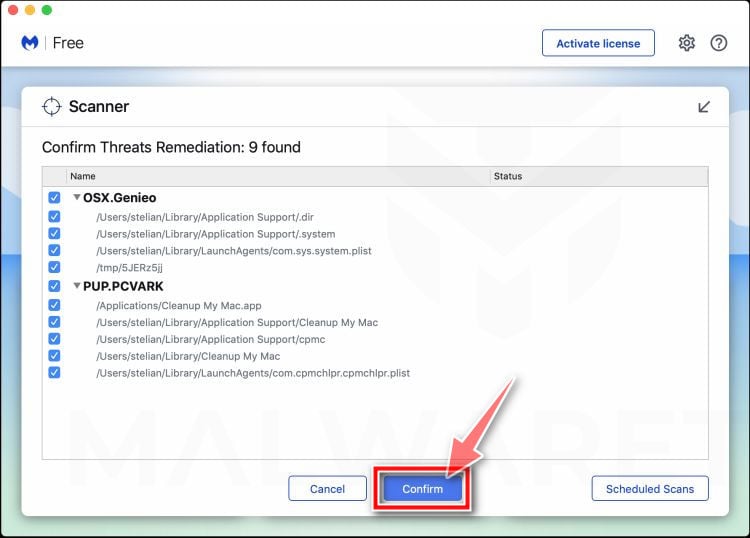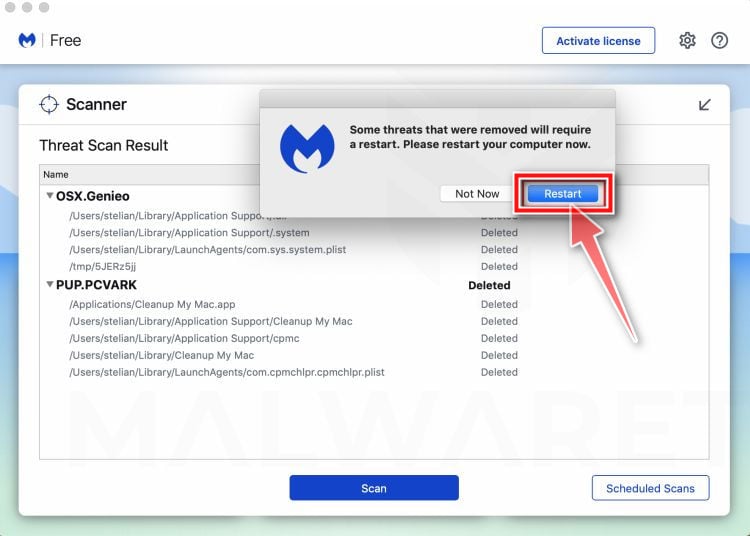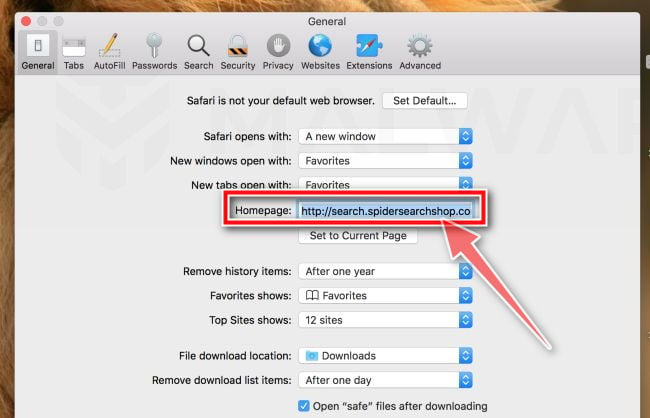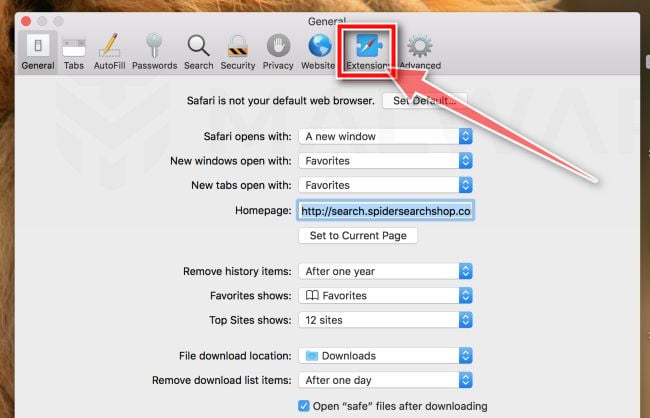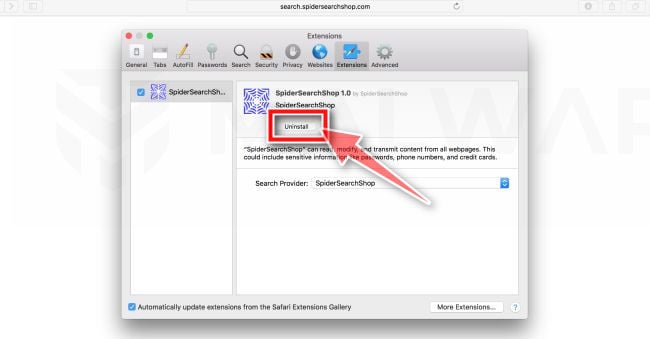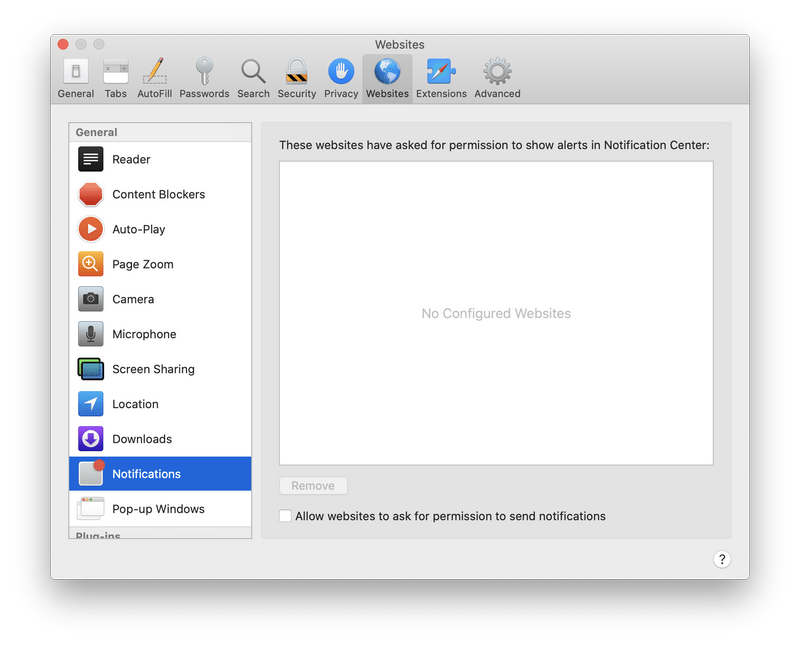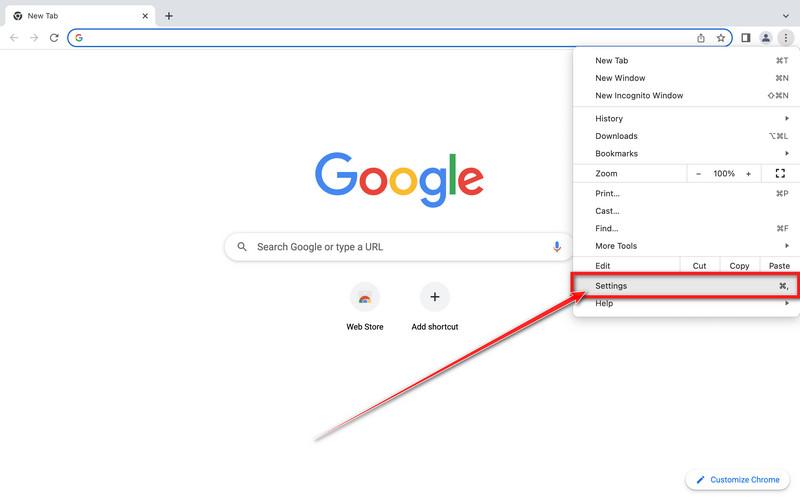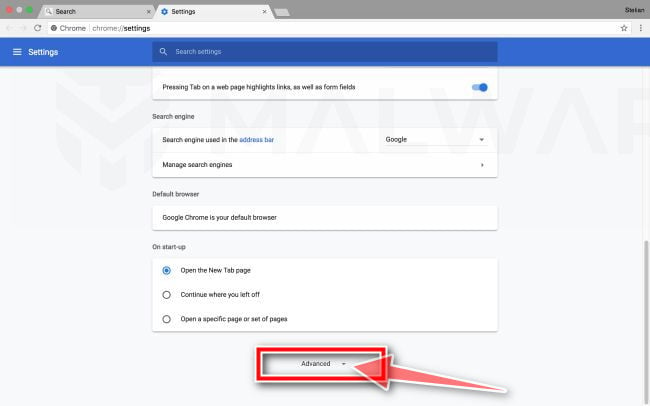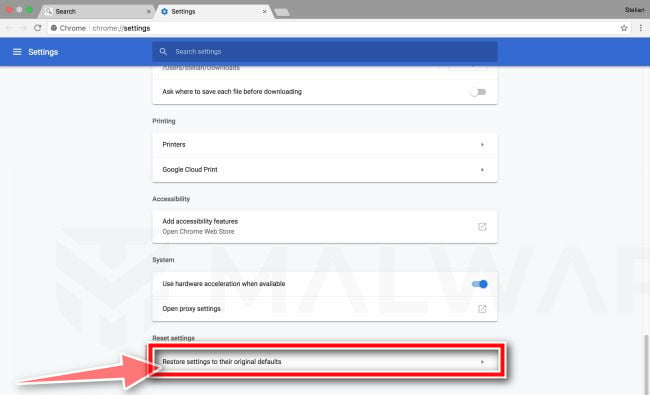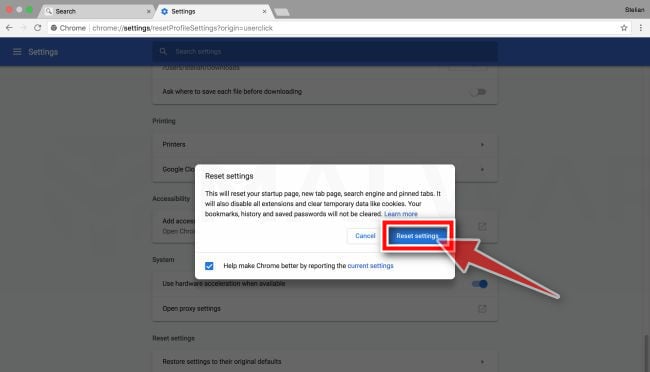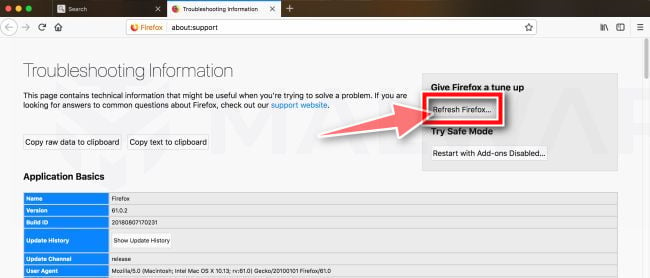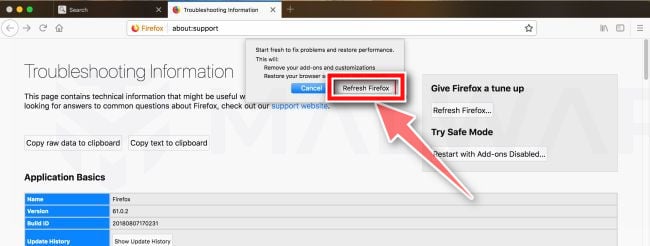The “Apple Defender Security Center” page is a browser-based scam that displays fake error messages to trick you into calling a Tech Support Scam phone number.

What is the “Apple Defender Security Center” alert?
The “Apple Defender Security Center” fake error message is a scam that pretends to be from Apple to trick you into thinking that your device has crashed or that a virus has been detected. It does this to try and scare you into calling one of the listed numbers to receive support.
If you call these phone numbers, scammers will ask you to install a program that gives them remote access to your computer. Using remote access, these experienced scammers rely on confidence tricks typically involving utilities built the computer to gain your trust and trick you into paying for “support” services or even steal credit card account information.
The “Apple Defender Security Center” tech support scam will put your browser on full-screen mode and display pop-up messages that won’t go away, essentially locking your browser. If this happens, you can use “Force Quit” to close your browser and stop this pop-up.
- On your keyboard, press the Command + Option + Escape keys simultaneously. This will open the “Force Quit” application window.
- In the “Force Quit”, click on Safari, Chrome, Firefox or any other browser in which your are seeing the “Apple Defender Security Center” pop-up.
- Click the button that says “Force Quit“. This will forcefully end your browser, thus closing the “Apple Defender Security Center” pop-up.
If you cannot switch from the unresponsive app, press Command + Option + Shift + Esc for three seconds to force it to quit. This key combination tells macOS to force quit the front-most app.Alternatively, if you are using Safari or any other browser, you can disconnect your Internet, then open the web browser, navigate from the malicious web page, then reconnect to the Internet.
This is the fake error message that the “Apple Defender Security Center” page will display:
Apple-Defender – Security Warning
** ACCESS TO THIS PC HAS BEEN BLOCKED FOR SECURITY REASONS **
Your computer has alerted us that it has been infected with a Trojan Spyware. The following data has been compromised.
> Email Credentials
> Banking Passwords
> Facebook Login
> Pictures & DocumentsApple-Defender Scan has found potentially unwanted Adware on this device that can steal your passwords, online identity, financial information, personal files, pictures or documents.
You must contact us immediately so that our engineers can walk you through the removal process over the phone.
Call Apple Support immediately to report this threat, prevent identity theft and unlock access to this device.
Closing this window will put your personal information at risk and lead to a suspension of your Apple Registration.
Call Apple Support: +1-866-750-0701 (Toll Free)
As you can imagine, the above alert is not real and its purpose is to scare you into allowing the scammer remote access to your computer. If your browser has been redirected to the “Apple Defender Security Center” tech support scam, we recommend closing the page and do not call the listed phone number.
Why am I seeing the “Apple Defender Security Center” pop-up ads?
You are seeing the “Apple Defender Security Center” tech support scam because your device is infected with malware, malicious push notifications, or a site you have visited has redirected your browser.
Less than reputable sites can display malicious ads that redirect your browser to the “Apple Defender Security Center” tech support scam to generate advertising revenue. If this happens, you can close the page and install an ad blocker like AdGuard to block the malicious ads. However, if you are continuously seeing pop-ups like the “Apple Defender Security Center” tech support scam, then your computer might be infected with a malicious program and you need to scan your device for adware and remove it.
Here are a few typical signs that you have a malicious program installed on your computer:
- Advertisements appear in places they shouldn’t be.
- Your web browser’s homepage has mysteriously changed without your permission.
- Web pages that you typically visit are not displaying properly.
- Website links redirect to sites different from what you expected.
- Browser popups appear which recommend fake updates or other software.
- Other unwanted programs might get installed without your knowledge.
For the most part, if you see a browser-based tech support scam, then you can simply close the browser and start it again. On the other hand, if you are continuously seeing scams like the “Apple Defender Security Center” scam, then you should scan your computer for adware and remove anything that is found.
How to Remove “Apple Defender Security Center” Fake Alerts
This malware removal guide may appear overwhelming due to the number of steps and numerous programs that are being used. We have only written it this way to provide clear, detailed, and easy-to-understand instructions that anyone can use to remove malware for free.
Please perform all the steps in the correct order. If you have any questions or doubts at any point, stop and ask for our assistance.
- STEP 1: Remove malicious Profiles from your Mac
- STEP 2: Remove malicious programs from Mac
- STEP 3: Use Malwarebytes for Mac to remove “Apple Defender Security Center” browser hijacker
- STEP 4: Remove malicious browser extensions from Safari, Chrome, or Firefox
STEP 1: Remove malicious Profiles from your Mac
Profiles are used by IT admins in businesses to control the behavior of their Macs. These profiles can configure a Mac to do many different things, some of which are not otherwise possible.
When it comes to home users, adware and browser hijackers are using the configuration profile to prevent users from removing malicious programs from the computer. This also prevents the user from changing that behavior in the browser’s settings.
In this first step, we will check your computer to see if any configuration profiles are installed. To do this, follow the below steps:
-
Open “System Preferences”
From the Apple menu, select System Preferences.
-
Search for “Profiles”
When the System Preferences window opens, search for the Profiles icon.
 If there isn’t a Profiles icon, you don’t have any profiles installed, which is normal and you can continue with the next steps.
If there isn’t a Profiles icon, you don’t have any profiles installed, which is normal and you can continue with the next steps. -
Remove the malicious profiles
If there’s a Profile icon, click on it and select any suspicious profile that you want to remove, and then press the – (minus) button. Click Remove to remove the profile.

STEP 2: Remove malicious programs from Mac
In this next step, we will try to find and remove any malicious programs on your computer. Sometimes adware and browser hijackers can have a usable Uninstall entry that can be used to remove this program.
-
Open “Finder”
Click the Finder application on your dock.

-
Click on “Applications”
In the Finder left pane, click on “Applications“.

-
Find and remove malicious programs.
The “Applications” screen will be displayed with a list of all the apps installed on your device. Scroll through the list until you find any suspicious or unkwnon program, right-click it, and then click “Move to Trash”.
There may be other malicious programs installed on your Mac. Look out for any suspicious program that could be behind all the drama – anything you don’t remember downloading or that doesn’t sound like a genuine program.

-
Click “Empty Trash”
On the dock, right-click on the trash icon and select “Empty Trash”.

-
Find and remove the maliciou files
- Click the desktop to make sure you’re in the Finder, choose “Go” then click on “Go to Folder“.

- Type or copy/paste each of the below paths into the window that opens, then click Go.
- /Library/LaunchAgents
- ~/Library/LaunchAgents
- /Library/Application Support
- /Library/LaunchDaemons

- Look out for any suspicious files that could be behind all the drama – anything you don’t remember downloading or that doesn’t sound like a genuine program. Here are some known malicious files: “Flash Player”, “com.AdditionalChannelSearchDaemon”, “com.adobe.fpsaud.plist” “installmac.AppRemoval.plist”, “myppes.download.plist”, “mykotlerino.ltvbit.plist”, or “com.myppes.net-preferences.plist”. When you find a malicious file move it to the Trash.
- Click the desktop to make sure you’re in the Finder, choose “Go” then click on “Go to Folder“.
STEP 3: Use Malwarebytes for Mac to remove “Apple Defender Security Center” browser hijacker
In this third step, we will download, install and run a scan with Malwarebytes for Mac to remove “Apple Defender Security Center” browser hijacker and other malware from your computer.
Malwarebytes for Mac is an on-demand scanner that takes out malware, adware, spyware, and other threats before they can infect your machine and ruin your day.
-
Download Malwarebytes for Mac.
You can download Malwarebytes for Mac by clicking the link below.
 MALWAREBYTES FOR MAC DOWNLOAD LINK
MALWAREBYTES FOR MAC DOWNLOAD LINK
(The above link will open a new page from where you can download Malwarebytes for Mac) -
Double-click on the Malwarebytes setup file.
When Malwarebytes has finished downloading, double-click on the setup file to install Malwarebytes on your computer. In most cases, downloaded files are saved to the Downloads folder.

-
Follow the on-screen prompts to install Malwarebytes.
When the Malwarebytes installation begins, you will see the Malwarebytes for Mac Installer which will guide you through the installation process. Click “Continue“, then keep following the prompts in order to continue with the installation process.



When your Malwarebytes installation completes, the program opens to the Welcome to Malwarebytes screen. Click the “Get started” button.
-
Select “Personal Computer” or “Work Computer”.
The Malwarebytes Welcome screen will first ask you what type of computer are you installing this program, click either Personal Computer or Work Computer.

-
Click on “Scan”.
To scan your computer with Malwarebytes, click on the “Scan” button. Malwarebytes will automatically update the antivirus database and start scanning your computer for the “Apple Defender Security Center” malware.

-
Wait for the Malwarebytes scan to complete.
Malwarebytes will scan your computer for malware. This process can take a few minutes, so we suggest you do something else and periodically check on the status of the scan to see when it is finished.

-
Click on “Quarantine”.
When the scan has been completed, you will be presented with a screen showing the malware infections that Malwarebytes has detected. To remove “Apple Defender Security Center” browser hijacker and other malicious programs that Malwarebytes has found, click on the “Quarantine” button.

-
Restart computer.
Malwarebytes will now remove the “Apple Defender Security Center” browser hijacker and other malicious files that it has found. To complete the malware removal process, Malwarebytes may ask you to restart your computer.

When the malware removal process is complete, you can close Malwarebytes and continue with the rest of the instructions.
STEP 4: Remove malicious browser extensions from Safari, Chrome, or Firefox
In this final step, we will remove malicious browser extensions, unwanted search engines, and any spam browser notifications.
Remove “Apple Defender Security Center” browser hijacker from Safari
To remove the “Apple Defender Security Center” browser hijacker from Safari we will check if there are any malicious extensions installeded on your browser and what settings have been changed by this malicious program.
-
Go to Safari’s “Preferences”.
On the menu bar, click the “Safari” menu and select “Preferences”.

-
Check Homepage.
This will open a new window with your Safari preferences, opened to the “General” tab. Some browser hijackers may change your default homepage, so in the Homepage field make sure it’s a web page you want to use as your start-up page.

-
Click “Extensions”
Next, click on the “Extensions” tab.

-
Find and uninstall malicious browser extensions.
The “Extensions” screen will be displayed with a list of all the extensions installed on Safari. Scroll through the list until you find a malicious browser extension, and then click on “Uninstall” to remove it.
There may be other malicious extensions installed. Look out for any suspicious browser extension that could be behind all the drama – anything you don’t remember downloading or that doesn’t sound like a genuine extension. By default, there are no extensions installed on Safari so it’s safe to remove any extension.
-
Remove spam notifications ads
Click Preferences, click Websites, then click Notifications. Deselect “Allow websites to ask for permission to send push notifications”.

If the above steps didn’t help you remove the “Apple Defender Security Center” browser hijacker from Safari, you can follow the below steps:
-
Workaround for greyed out Safari’s homepage
In some cases, after being changed by browser hijackers or malware, Safari’s home page can become stuck (greyed out). You will be able to edit the Homepage field in Safari’s preferences, but the change will not stick. This appears to be a bug, and there is an odd workaround. Try this:
- In Safari, choose Preferences from the Safari menu.
- In the window that opens, click the General icon (if necessary)
- Enter your desired home page in the “Homepage” field, but DO NOT press return!
- At the top of the window, click any of the other icons (eg, Tabs, AutoFill, etc).
- You may see a prompt asking for confirmation for changing the home page. If so, confirm.
- Switch back to the General page and check to make sure the home page has been changed.
-
Delete Safari’s preferences file to remove malicious changes
Some malicious programs are known to install managed preferences to set the homepage and search engine settings in Safari. If the above options didn’t help you remove the malicious redirects, we’ll need to delete Safari’s preferences. To do this, follow the below steps:
- Quit Safari
- Click the desktop to make sure you’re in the Finder, choose “Go” then click on “Go to Folder“.

- Type or copy/paste the following path into the window that opens, then click Go: ~/Library/Preferences/com.apple.Safari.plist
- If the file is found, delete it, then re-open Safari
Remove “Apple Defender Security Center” browser hijacker from Google Chrome
To remove the “Apple Defender Security Center” browser hijacker from Chrome we will reset the browser settings to its default. Resetting your browser settings will reset the unwanted changes caused by installing other programs. However, your saved bookmarks and passwords will not be cleared or changed.
-
Click on the three dots at the top right and click “Settings”.
Click on Chrome’s main menu button, represented by three dots at the top right corner. Now click on the menu option labeled Settings as shown by the arrow in the picture below, which will open the basic settings screen.

-
At the bottom, click “Advanced”.
Chrome’s “Settings” should now be displayed in a new tab or window, depending on your configuration. Next, scroll to the bottom of the page and click on the “Advanced” link (as seen in the below example).

-
Under the section “Reset,” click “Reset”.
Chrome’s advanced settings should now be displayed. Scroll down until the “Reset and clean up” section is visible, as shown in the example below. Next, click on the “Reset settings to their original defaults” button.

-
Confirm by clicking “Reset”.
A confirmation dialog should now be displayed, detailing the components that will be restored to their default state should you continue with the reset process. To complete the restoration process, click on the “Reset Settings” button.

If the above steps didn’t help you remove the “Apple Defender Security Center” browser hijacker from Chrome, you can follow the below steps:
-
Remove the unwanted policies created by malware from Chrome
In many cases, changes to Chrome may not be fixed with a simple browser reset. In such a case, a malicious program may have created unwanted policies on your browser. You can check if any unwanted policies are loaded into the browser by typing chrome://policy into the URL bar.
To reset these policies, follow these steps:- Open a new Terminal window. To do this, go to Finder > Go > Utilities > Terminal
- Enter the following commands, pressing enter after each line:
- defaults write com.google.Chrome HomepageIsNewTabPage -bool false
- defaults write com.google.Chrome NewTabPageLocation -string “https://www.google.com/”
- defaults write com.google.Chrome HomepageLocation -string “https://www.google.com/”
- defaults delete com.google.Chrome DefaultSearchProviderSearchURL
- defaults delete com.google.Chrome DefaultSearchProviderNewTabURL
- defaults delete com.google.Chrome DefaultSearchProviderName
- defaults delete com.google.Chrome ExtensionInstallSources
- After running these commands, quit Chrome if you haven’t already done so, then launch it again and check chrome://policy to see if the same keys are still present (you may need to click the “Reload policies” button for changes to show up). If they’re gone, you should be able to change your search engine and home page back to your preferred defaults in Chrome’s settings.
-
Remove the “Managed by your organization” policy from Chrome
Some malicious programs are known to install managed preferences to set the home page and search engine settings in Chrome. To check for these, do the following:
- Quit Chrome
- Click the desktop to make sure you’re in the Finder, choose “Go” then click on “Go to Folder“.

- Type or copy/paste the following path into the window that opens, then click Go: /Library/Managed Preferences/
- Paste the below path into the window that opens, then click Go:
Look for the following files, where [username] is your username:- com.google.Chrome.plist
- [username]/com.google.Chrome.plist
- [username]/complete.plist
These may be legitimate, so open these files with TextEdit and see if they have links to the troublesome site in them. If they do, delete them and restart Chrome.
-
Uninstall Google Chrome from your computer
If the above options didn’t help you remove the malicious redirects, it is easier to completely remove Chrome and all data, then reinstall the browser. To do this, click the Finder icon, from the menu bar. Choose Go, and click Go to Folder, then paste one of the below paths into the window that opens.
You will need to delete all of the below items, but before doing this be aware that this will delete all data for all Google apps you have installed, such as your bookmarks, so you will need to export them before doing this.- /Applications/Chrome.app
- /Library/Application Support/Google/
- /Library/Google/
- ~/Library/Application Support/Google/
- ~/Library/Google/
- ~/Library/Preferences/com.google.Chrome.plist
Note: The “~” indicates that it’s the current user’s Library which is often invisible in recent versions of macOS. To get to it you must hold down the Option (sometimes labeled Alt) key and select Library from the Finder’s Go menu.
After deleting all of the above files, restart your device. You can now download and re-install Google Chrome on your device. You will need to import any exported bookmarks or other data and may need to reinstall any other Google apps that you use.
Remove “Apple Defender Security Center” browser hijacker from Firefox
To remove the “Apple Defender Security Center” browser hijacker from Firefox we will reset the browser settings to its default. The reset feature fixes many issues by restoring Firefox to its factory default state while saving your essential information like bookmarks, passwords, web form auto-fill information, browsing history, and open tabs.
-
Go to the “Help” menu.
Click on Firefox’s main menu button, represented by three horizontal lines. When the drop-down menu appears, select the option labeled “Help“.

-
Click “Troubleshooting Information”.
From the Help menu, click on “Troubleshooting Information“.
If you’re unable to access the “Help” menu, type about:support in your address bar to bring up the Troubleshooting information page.
-
Click on “Refresh Firefox”
Click the “Refresh Firefox” button in the upper-right corner of the “Troubleshooting Information” page.

-
Confirm.
To continue, click on the “Refresh Firefox” button in the new confirmation window that opens.

-
Click on “Finish”.
Firefox will close itself and will revert to its default settings. When it’s done, a window will list the information that was imported. Click on the “Finish“.
Your computer should now be free of the “Apple Defender Security Center” browser hijacker. If your current antivirus allowed a malicious program on your computer, you might want to consider purchasing Malwarebytes Premium to protect against these types of threats in the future.
If you are still experiencing problems while trying to remove a malicious program from your computer, please ask for help in our Mac Malware Removal Help & Support forum.

